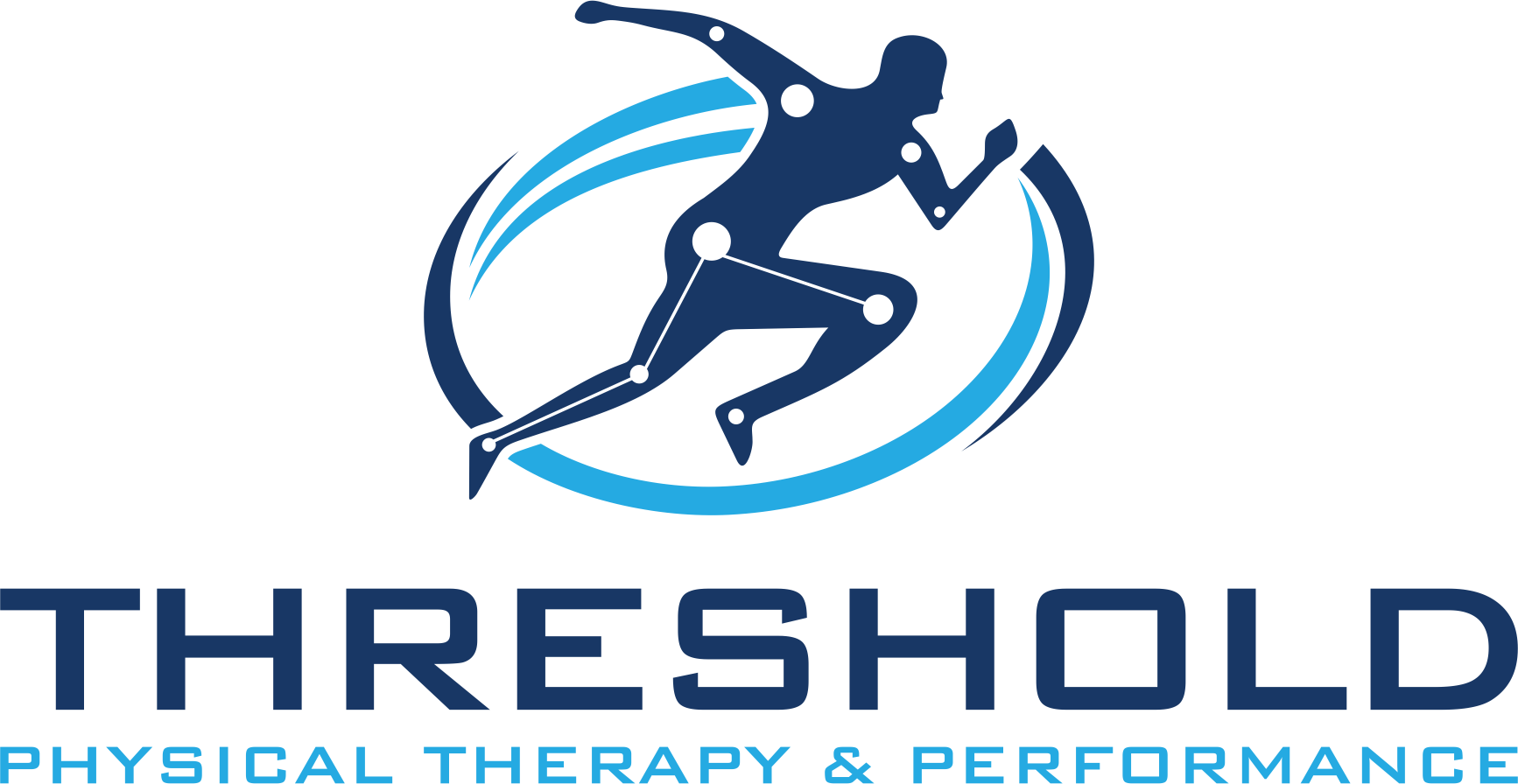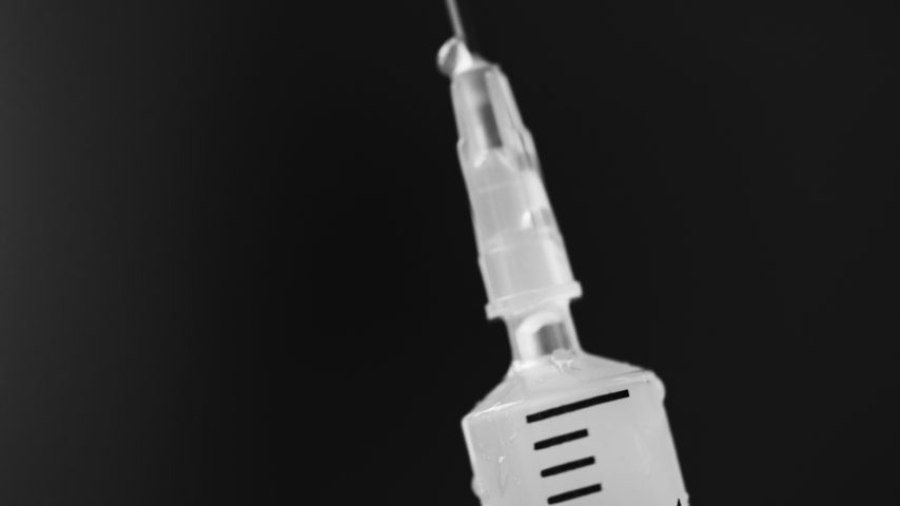Arthritic Knee Pain?
Platelet-rich Plasma vs. Hyaluronic Acid: is the biological approach better?
A recent ahead-of-print article in The American Journal of Sports Medicine looked at the therapeutic effects of bioactive molecules in platelet-rich plasma versus viscosupplementation in the form of hyaluronic acid over 5 years for knee osteoarthritis (OA).
PRP, or platelet-rich plasma, has been in the spotlight recently with its possible effects on modulating the intra-articular environment reducing inflammatory distress and stimulating the anabolism (building) of tissues including cartilage, synovium, and menisci). Hyaluronic acid (aka: Euflexxa, Gel-One, Hyalgan, Hyalgan LL, Monovisc, Orthovisc Supartz, and Supartz FX) is the most commonly used molecule for injective treatment, and a more traditional treatment for OA pain/symptoms.
The majority of trials to date have focused on establishing the superiority of one treatment over the other are based upon a short-term evaluation (6-12 months). The 2018 study noted that, over 5 years, both treatments were effective in improving knee functional status and reducing symptoms. Interestingly, that there is no significant difference, in either clinical outcome or effect duration, between leukocyte-rich PRP and hyaluronic acid in the treatment of knee OA at long-term evaluation, and the comparative analysis show no significant difference at any follow up point. Also noteworthy though, despite not being statistically significant the hyaluronic acid group did have a higher percentage of new injective or surgical treatment within 24 months of follow up.
It has been found that PRP treatments entail several variables that could change the secreted molecules and influence the overall effect on the joint treated and the clinical benefits. In the reviewed study, a freeze-thawed, leukocyte-rich PRP was used, which is different from the fresh leukocyte-poor PRP used by many of the previous studies. Worth noting, the role of leukocytes is currently the most debated aspect; some authors of in vitro experiments have claimed that leukocytes stimulate the release of catabolic and proinflammatory molecules that could be detrimental to the intra-articular environment. Nonetheless, a recent in vivo study showed that 1 week after the injection of leukocyte rich PRP, no increase occurred in the concentration of inflammatory molecules in the synovial fluid.
Did you know that Physical Therapy can be an effective treatment to promote decreased arthritis symptoms and return to function? Reach out to your local physical therapist to see what they can do to get you feeling and moving better when it comes to osteoarthritis.

